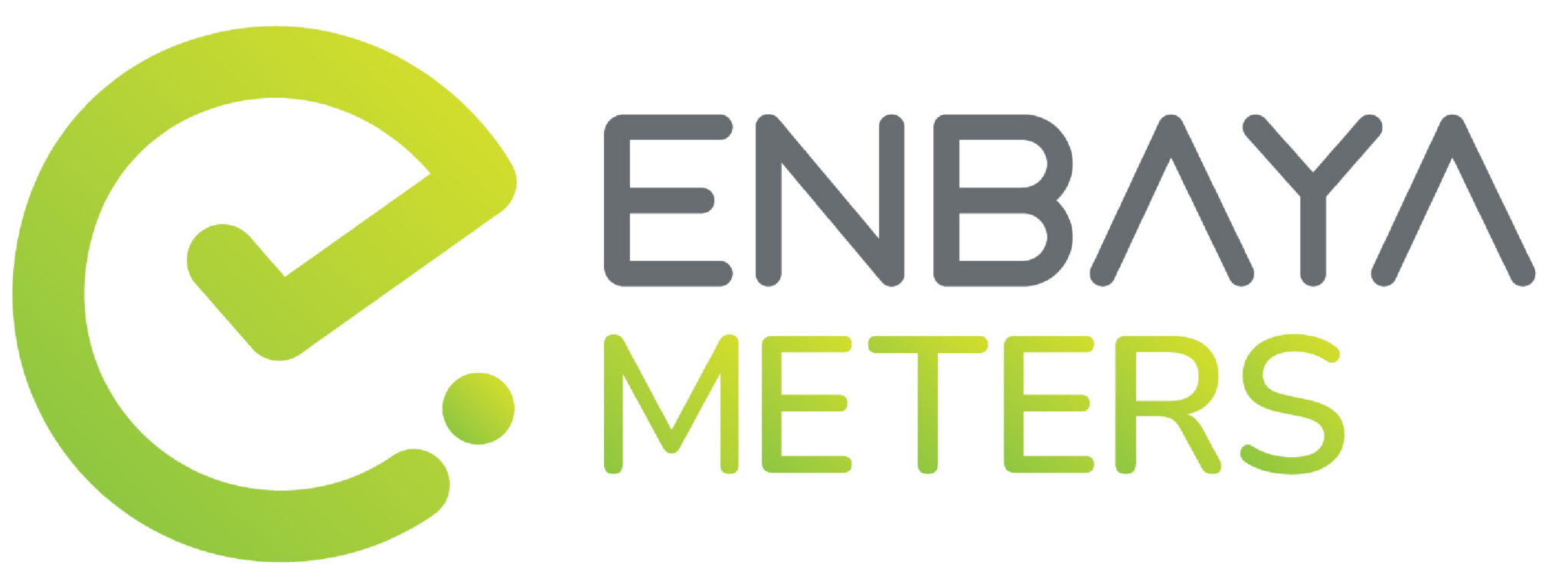
Every Time.














Month after month. Every month!




 HELPDESK
REGISTER
GET A QUOTE
HELPDESK
REGISTER
GET A QUOTE


How submetering works
Metering as a concept has been around since the mid 1800’s so we aren’t talking about anything new here but as developments and technology has changed so has the needs of suppliers and consumers changed as well.
Our focus here is the metering and subsequent submetering, of more specifically, utilities.
The generation, supply and distribution of utilities, that would be electricity, water and gas, as per current legislation, is currently the responsibility of the state, so when we refer to electricity supply we are talking about Eskom and where you get your water, falls under the responsibility of the municipality you live in and their respective Water Boards.
When you receive a bill for a utility, you generally accept that you are being billed for the utility you have used in a given period.
Before we can enjoy the benefits of any of these resources there is a complex network of operations and infrastructure that needs to be developed, managed, and maintained by the government. All of which amounts to a cost that needs to be recovered. For a just and equitable system, this utility must be metered, so that each property receiving the supply is paying for what they consumed.
The meter installed by the supplier of the utility; this could be Eskom, a Municipality or both depending on the area you live in, remains the property and responsibility of the supplier and revenue collected by the supplier, is then used for infrastructure development and maintenance. We refer to this meter as the primary meter or in some cases the bulk meter.
For every property in South Africa, that is receiving the supply of a utility, there will be a primary meter and the property owner is ultimately responsible for that account, irrespective of whether they live or work there as the case may be. This government owned primary meter cannot be removed or replaced by a privately owned meter.
It is also important to mention that the primary meter can either be a post paid meter or a prepaid meter.
- How do you know who used how much?
- Who must pay what if you just have the one primary meter?
- Is it fair for the neighbour in flat 10 who is a family of 4 to pay the same as you who lives alone?
Irrespective of the type of sub meter in place, sub meters are privately owned and managed, so the property owner or complex will still have the primary meter in place and will still be responsible for the primary account. Put simply, sub meters are in addition to, and will not be installed without the existence of the primary meter in the first instance. Remember the primary meter is there for Eskom or the Municipality to charge you for what the property has consumed.
Sub meters just like primary meters can also either be a post paid meter that is then read each month and the end user billed accordingly or the sub-meter can be prepaid. Sub meters take care of the challenge of fair apportionment as each end user is now responsible to pay for their own consumption. All the revenue collected from the sub meters each month is then used to pay for the primary meter.
DO YOU HAVE AN ENQUIRY OR NEED HELP?
"*" indicates required fields
Account Queries | Existing Client | Support
"*" indicates required fields
NEW METER ENQUIRY
"*" indicates required fields
Verification Form
"*" indicates required fields
Enquiry Form
"*" indicates required fields
